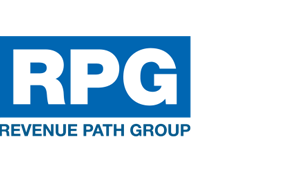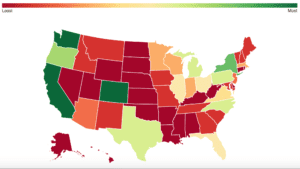The Top Three Reasons Your Sales Team Struggles to Close Deals
It’s no secret it’s harder than ever to stand out and differentiate from your competition. Today’s sales teams are facing three major obstacles in their path to closing more deals, and ultimately revenue growth.
#1 Compressed Selling TimeCompressed Selling Time Technology has enabled people to glean more education and insights without the assistance or guidance of salespeople. A 2020 Gartner study demonstrated that 83% of the prospect’s buying journey is completed before the salesperson is invited in. Less selling time prohibits effective investigation of need and trust building, putting all sellers at a disadvantage and making “selling” all about responding to requests, reacting, and order taking.
Your prospect is 70% of the way through their buyer’s journey before they even talk to you. This leaves you no room for error when working to make an impact and gain access. And, if you aren’t losing sales to competitors, chances are you are losing them to indecision. As many as 60% of all leads are lost to nothing at all, the prospect deciding not to buy anything. With compressed selling time, the pressure is on to quickly make a lasting impact.
#2 CommoditizationCommoditization Absence of any perceived value, making it so that price becomes the only determining factor. Whether there is real differentiation or not, if the prospect’s brain cannot or will not distinguish this differentiation, it doesn’t matter.
Your prospect has total access to all of your direct competitors right at their fingertips. To you prospect you all look the same, sound the same, and act the same.
This is bad for your prospects because they deserve to know the real differences so they can make better buying choices. When you can’t clearly differentiate, you’re either forced to play games with your pricing or you’re more likely to become part of the 60% of sales that are lost to no decision at all.
#3 Consensus Decision Making
It used to be a single decision-maker could close the deal. Today, decision making teams are as large as five or more people. According to a 2016 Fortune Magazine article, sales cycle times have grown 22% in the last five years.
The process is slowing down, with more buyers in the mix–all freshly armed with information they skimmed from the Internet–using this purchase to play out their competing interests. If you aren’t engaging enough to make them reach a decision, you’re quickly being forgotten and reprioritized. Time kills all deals.
Win More Sales with A Better Pitch
You can’t deny the sales process has changed fundamentally in the last decade. We’ve reached a pace of change that is turning relationships, tradition, and previous routes to sales upside down. You can’t rely on outdated techniques and tools to grow your revenue in today’s accelerated business environment.
And better tools start with neuro-science based messaging techniques that speak to your prospect’s brain to help you stand out and differentiate fast.
- Understanding how your prospect’s brain really makes decisions allows you to overcome compressed sales times
- Your pitch needs to quickly lock down the answer to “Why you?” with brain-friendly visuals and proofs to drive emotional lift
- Successful, brain-friendly pitches unlock really good conversations that lead to closed deals
You can start winning more deals with sales presentations that actually engage your prospects and position you as the only solution.

